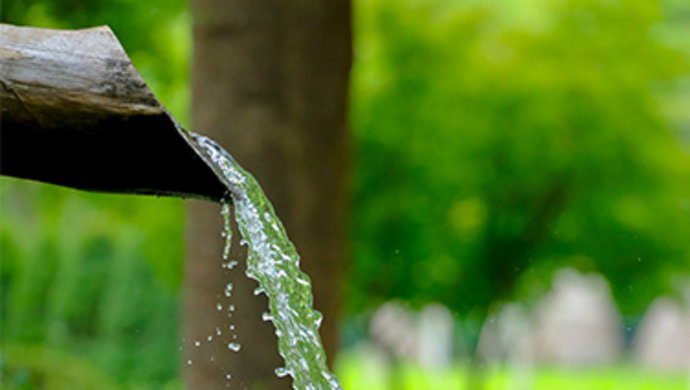Avoiding Toxic Substances
Indorama Ventures constantly reviews the use of toxic and intensively migrating substances in its manufacturing processes to determine whether such use is necessary. Where at all possible, the use of such substances is avoided.
- The number and volume of chemicals required is reduced to a minimum during storage and in actual use.
- Dangerous chemicals are, wherever possible, replaced by less hazardous products and ones that are more environmentally friendly
- Suppliers are requested to declare environmental compatibility for any dyestuffs employed.
- Hazardous waste materials are recycled where possible.
- Chemicals are sent for external processing.



